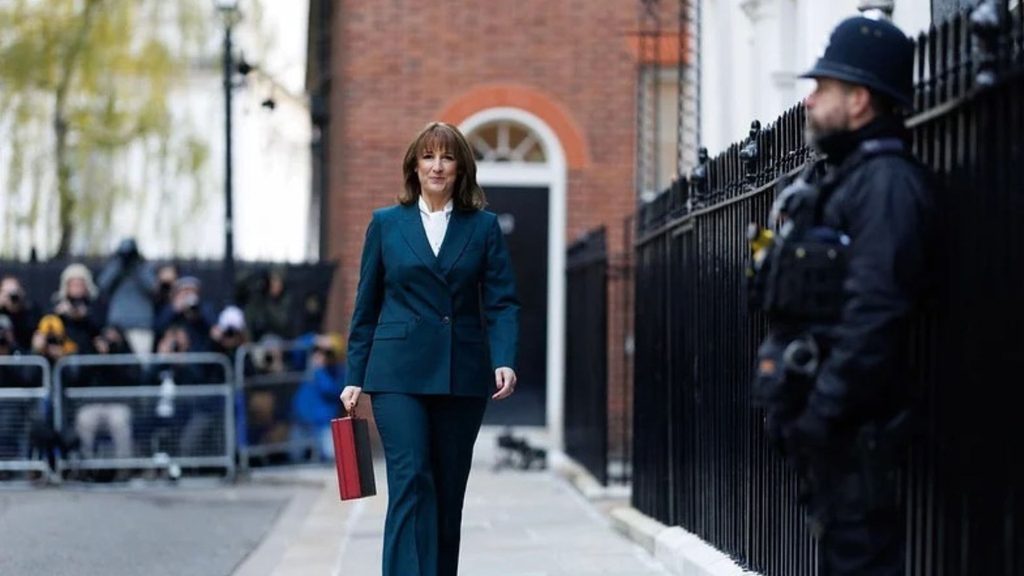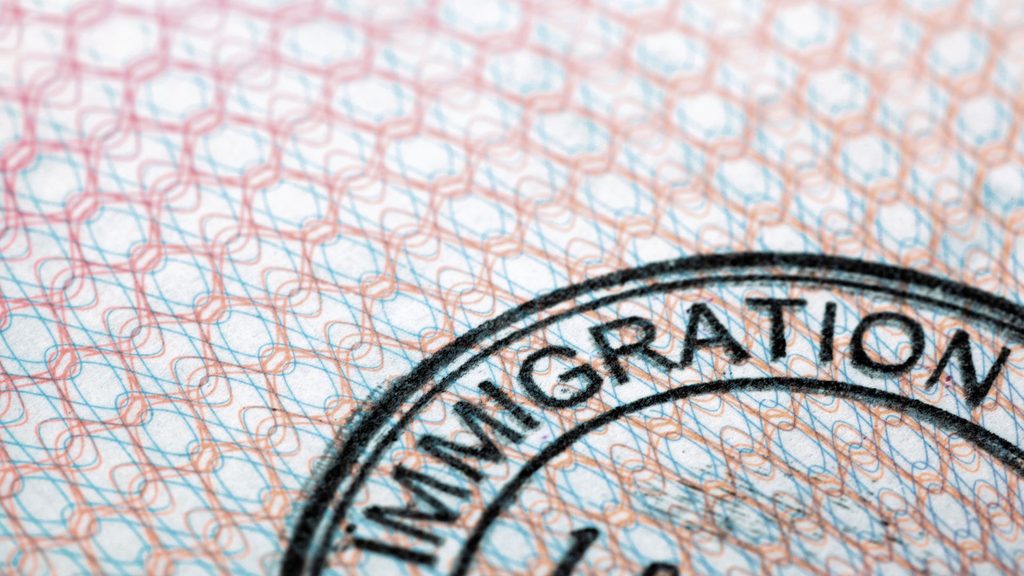Ministers hail the plans as the ‘biggest change to the immigration system in modern times’ as they prepare new capped routes and an expanded community sponsorship scheme.
The Home Secretary is preparing to introduce new capped work and study routes for refugees, alongside an expanded community sponsorship scheme, in what is being described as “the biggest change to the immigration system in modern times”, UK Fact Check can exclusively reveal.
The plans centre on creating new “safe and legal” pathways for people “genuinely fleeing war and persecution” to come to Britain, with ministers arguing the move will cut dangerous small boat crossings and ease pressure on the existing asylum system.
According to some details seen by UK Fact Check, the reforms form part of a wider package on illegal migration due to be formally announced on Monday. Together, they are intended to “restore order” to the system by strictly controlling who can come, on what basis, and in what numbers.
Under the proposals, the UK’s refugee resettlement system will be reshaped around three main pillars: capped routes for study and work, and an expanded sponsorship model that hands more responsibility to communities and voluntary groups.
One new route will allow refugees and displaced people to come to the UK to study, aimed at “talented” students whose education has been disrupted by conflict or persecution and giving them a way to resume their studies at British institutions.
A second route will be opened for skilled refugees and displaced people to take up work in the UK, building on the existing Displaced Talent Mobility Pilot, which matches people with recognised skills to job opportunities.
Alongside these, the government plans to reform refugee sponsorship so that voluntary and community organisations play a bigger role in bringing named individuals to the UK. All three routes – work, study and sponsorship – will be subject to an annual cap, with an overall ceiling on numbers set by central government.
The Home Office believes that expanding this community sponsorship model will give local areas a stronger say in who they welcome and how support is organised. Sponsors are expected to help arrivals settle, become self-sufficient and contribute economically and socially to their new communities.
English language learning will be a core part of the offer, with refugees helped to achieve a “high standard” so they can integrate and work more quickly. Ministers claim that stronger language support is key to both social cohesion and reducing long-term welfare costs.
Officials say the model will build directly on the experience of the “Homes for Ukraine” scheme, which saw hundreds of thousands of Ukrainians offered places in British homes following Russia’s invasion. Under the new plans, arrangements similar to Homes for Ukraine could, in principle, be opened to people fleeing other conflicts, with individuals and community groups able to offer accommodation and support.
However, arrivals under all new routes will be “tightly controlled” and linked to what ministers describe as the “capacity and willingness” of communities to receive them. In practice, that means the overall number of people admitted for study, work or sponsorship will depend on both the national cap and local readiness to host.
The government suggests that this locally led model will help shift some of the financial burden away from taxpayers and reduce pressure on asylum accommodation, including hotels and other temporary facilities, which have become a major political and fiscal flashpoint.
Crucially, the new safe and legal routes will only be established once the government judges that it has “restored control of Britain’s borders”. So far, ministers have not defined what specific tests or thresholds would need to be met for that condition to be satisfied, or how it will be independently assessed. The precise cap on numbers has also yet to be set and will instead be determined by the Home Secretary “in due course”, after consultation with key partners.
Ministers say they will work closely with the UN Refugee Agency (UNHCR), local authorities and community groups to design the reworked resettlement system. Individuals are expected to be identified through referral partners such as UNHCR, rather than arriving spontaneously in the UK and then claiming asylum.
Evidence from sponsorship schemes in other countries is being used to justify the shift. According to the government, international experience shows that community sponsorship leads to better integration outcomes at lower cost than programmes run solely by central authorities, because local hosts are more directly involved in supporting new arrivals. Some migration researchers, however, have warned that when legal routes are tightly capped, people who are not able to access them often continue to move anyway, turning instead to smugglers and other means.
The reforms are explicitly framed as offering a safer alternative to irregular journeys, particularly small boat crossings of the Channel. By opening new legal pathways for those judged to be in genuine need, ministers say the UK will both uphold its international obligations to refugees and reduce incentives for people to turn to smugglers. Critics are likely to argue that, unless there are sufficient places and clear prospects of status, caps and deterrence policies risk creating a growing “limbo” population who cannot be removed but are denied a secure future.
At the same time, the government is keen to stress that the changes do not signal a retreat from the UK’s recent record on refugee protection. Officials point out that Britain has, in recent years, given refuge to people fleeing the civil war in Syria, the Taliban takeover of Afghanistan and the Russian invasion of Ukraine, as well as honouring commitments to residents of Hong Kong.
In the year ending June 2025, more than 60,000 people were offered sanctuary in the UK through existing legal routes, according to government figures. Ministers say this demonstrates that the country “retains its responsibility” to those in need and will “always” accept people who are truly escaping danger.
The government claims the new package is intended to channel that support through structured, capped and community-backed routes, rather than via the current mix of resettlement schemes and irregular arrivals.
Full details of how the caps will be set, how places will be allocated between work, study and sponsorship routes, and how long the new pathways will take to come into force are expected to be outlined when Home Secretary Shabana Mahmood presents the plans to Parliament on Monday.







Comments
No comments yet. Be the first to comment!